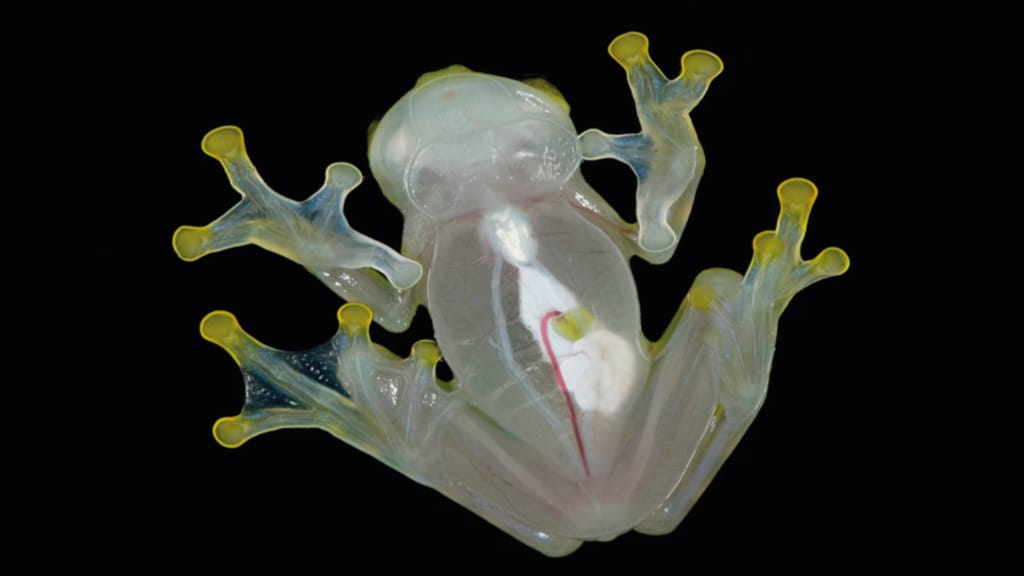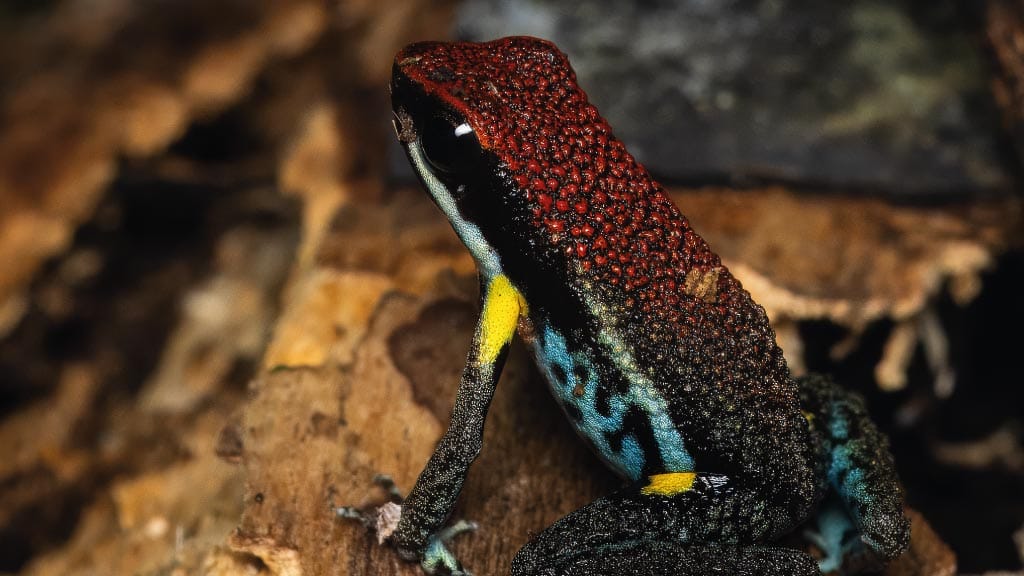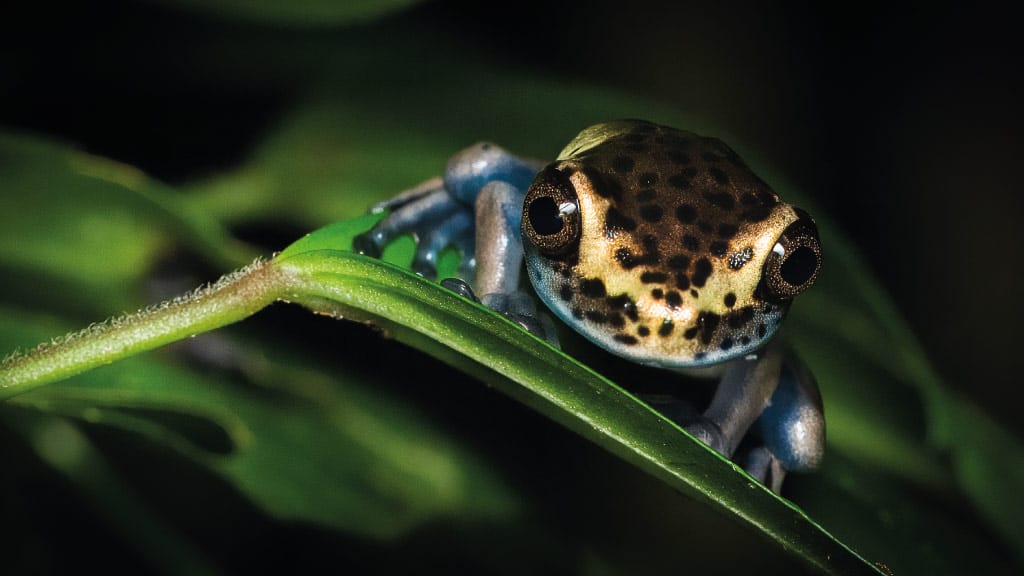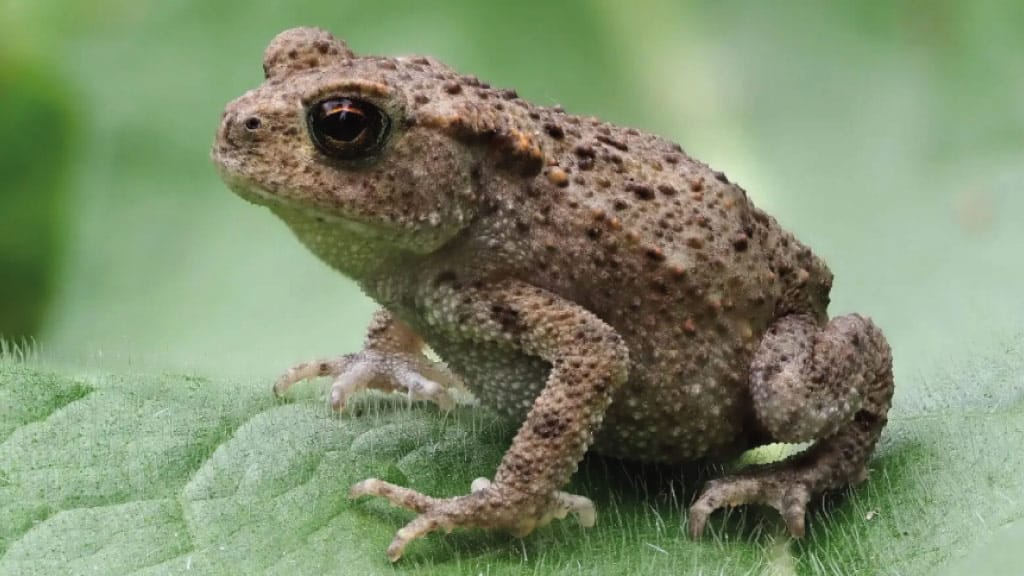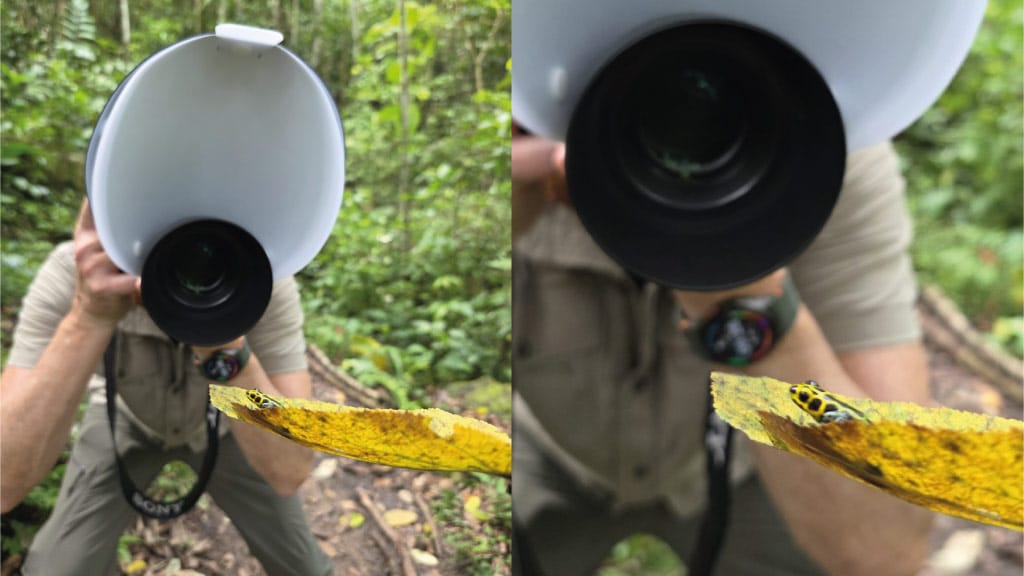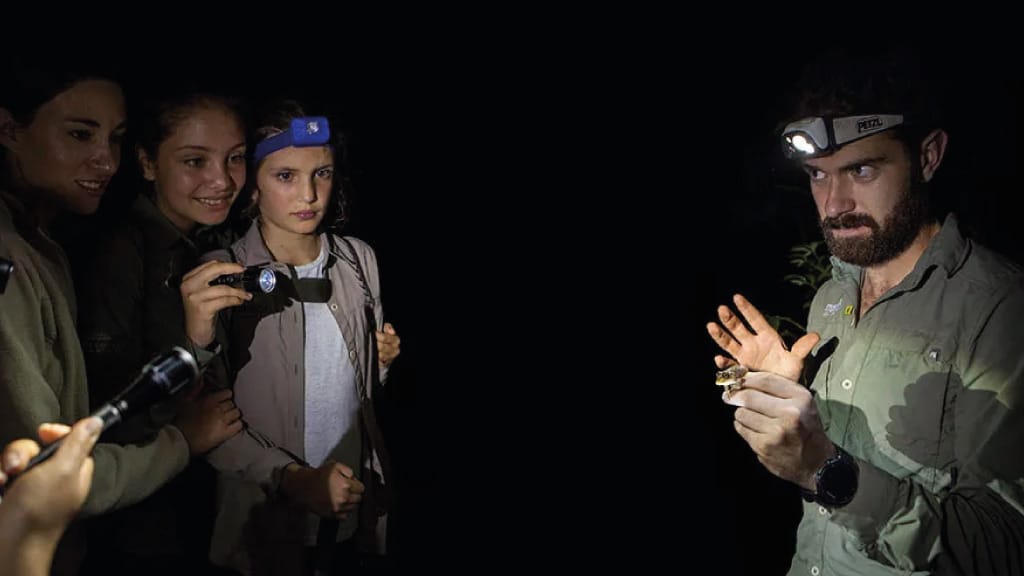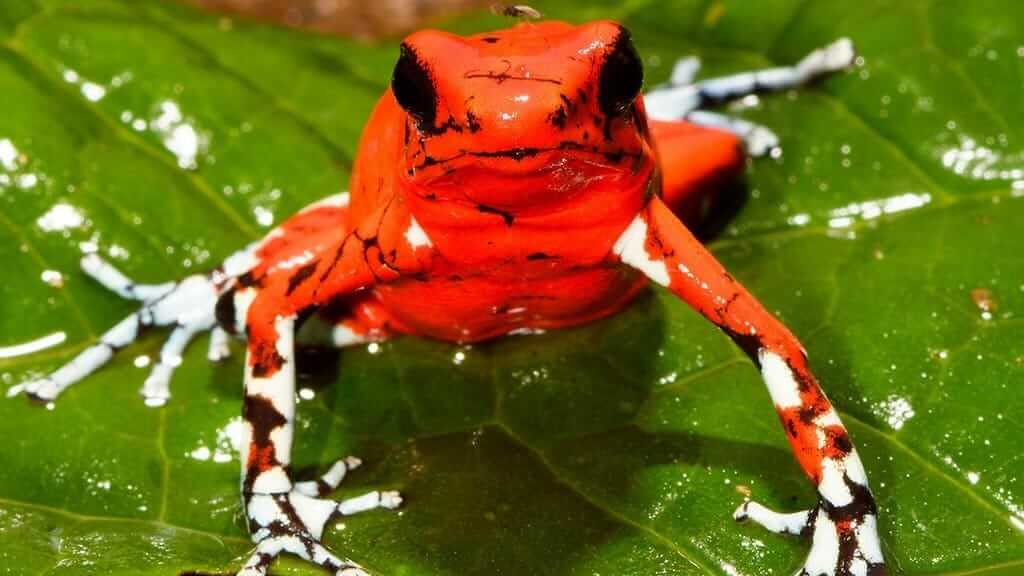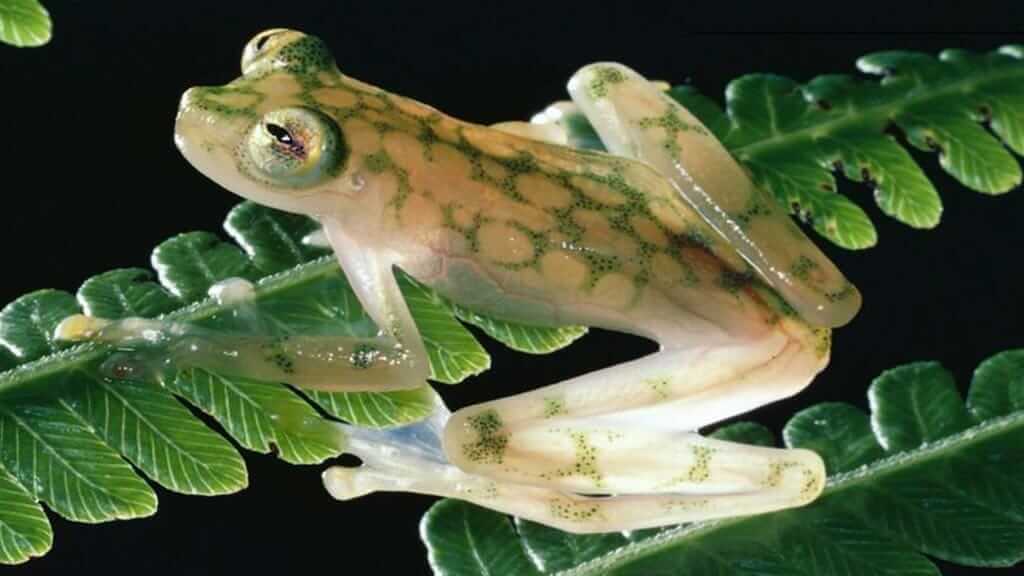Ecuador Frogs
Ecuador recently passed the threshold of 700 recorded amphibian species across the country. This leaves us in 3rd place overall behind only Brazil and Colombia in total species, and firmly in the top spot for species per kilometer!
To celebrate this milestone, we dedicate this blog to the amazing frogs that call Ecuador home. We'll introduce you to a few of the most iconic species, as well as point out the top spots for herping in the country.
So, keep reading for everything you ever wanted to know about Ecuadorian frogs.
SECURE YOUR AMAZON TRAVEL
Get a FREE personalised quote today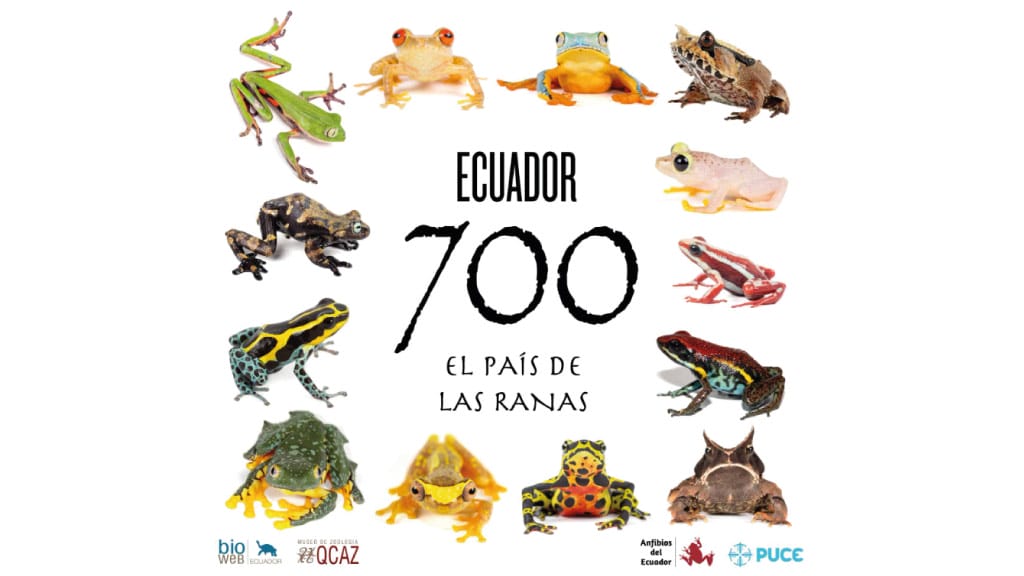
Types of Ecuador Frogs
Let's begin by diving into some of the more common frog families that exist in Ecuador.
Rainfrogs (Craugastoridae & Strabomantidae)
Belonging to the genus Pristimantis, rain frogs are part of a massive family called Strabomantidae. In Ecuador, they can be found from the Amazon lowlands all the way up to the high-altitude páramo grasslands.
What makes rain frogs so unique is their "direct development" lifestyle, which is a fancy way of saying they skip the whole tadpole-in-water thing entirely and instead lay their eggs directly on land, where tiny, perfect frog replicas hatch out ready to hop around. Hence the name "rain frogs": as long as there is rain and humidity, these frogs are able to reproduce and grow without metamorphosis.
Rain frog species tend to be incredibly vocal, especially during Ecuador's rainy seasons (hence the name), when males will call from hidden spots in leaf litter, tree holes, or bromeliad plants with sounds ranging from cricket-like chirps to musical whistles to what can only be described as tiny prehistoric roars.
The really cool thing about rain frogs is how specialized many species have become. Some live their entire lives in single trees, others are found only on specific mountain slopes, and many are so perfectly camouflaged that finding one feels like discovering a hidden treasure that's been sitting right under your nose the whole time.
A great rainfrog example is the Ornate Rainfrog (Pristimantis ornatissimus), which is endemic to the Mashpi zone around Mashpi Lodge.
Glassfrogs (Centrolenidae)
Glass frogs are hands down my favorite Ecuador frog family. Scientifically known as Centrolenidae, glass frogs are a family of small tree frogs whose most striking characteristic is their translucent ventral skin. In other words, their bellies are often see-through, letting you peer right inside.
In the case of the Reticulated Glassfrog (Hyalinobatrachium valerioi), you can literally watch their tiny hearts pumping blood, see their liver functioning, and if you're lucky enough to spot a pregnant female, even observe the developing eggs inside her body.
Glass frogs are typically small in size and lime green in color, often with spotted skin markings that provide camouflage and help to distinguish between different species. They are perfectly adapted to life in Ecuador's cloud forests along the Andes, especially around places like Mindo and the Chocó region, where the perpetually misty air keeps everything perfectly humid for their delicate skin.
What makes glassfrogs even more remarkable is their behavior. Glass frog dads are surprisingly devoted parents who will sit guard over their translucent egg masses for weeks, keeping them moist with their own bodies and fighting off predators twice their size.
Another great example of an Ecuadorian glassfrog is the atrato glass frog (Hyalinobatrachium aureoguttatum), also found at Mashpi Lodge. This frog is usually well-concealed with its green and yellow colours and transparency throughout its body, showing its heart and its white bones. With the help of a Mashpi naturalist guide, it is possible to observe this beautiful creature in the wild.
Poison Dart Frogs (Dendrobatidae)
Poison frogs are Ecuador's crowd-pleasing frog family that almost every visitor loves. They are tiny, colorful frogs that use toxic poison to survive in the wild.
Scientifically known as Dendrobatidae, these are the frogs that have inspired countless nature documentaries with their electric blues, fire-engine reds, and sunshine yellow colors that practically glow against the dark forest floor of Ecuador's Amazon basin and western cloud forests. In fact, Ecuador is home to 55 of the world's 170 known poison frog species.
The bright colors aren't just for show either; they're nature's warning system called aposematism, basically screaming "I'm dangerous, don't eat me!" to any potential predators, though in reality, only a handful of species have enough toxins to actually harm anything bigger than an insect. What's absolutely mind-blowing is that their toxicity comes entirely from their diet, specifically from alkaloid-rich ants and mites they munch on in the wild.
Unlike many frogs, most poison frogs are diurnal (active during the day). They can be seen hopping around on the forest floor, hunting for microscopic prey. With luck, you might even see them carrying tiny tadpoles on their backs to water-filled bromeliads high up in the trees, returning daily to feed them unfertilized eggs as baby food.
One of the more common poison frogs to look out for in the Amazon Rainforest is the Ecuador Poison Frog (Ameerega bilinguis). It's just the size of a thumbnail, but it is unmistakable for its red, blue, yellow, and black markings.
Tree Frogs (Hylidae)
Tree frogs are Ecuador's ultimate acrobats. Masters of climbing, with sticky fingers and front-facing binocular vision, these frogs live high up in the forest canopy.
The most famous family here is Hylidae, which includes everything from the iconic red-eyed tree frogs with their neon green bodies and bulging crimson eyes to the more subtle but equally amazing monkey frogs (Phyllomedusa) that move through branches like slow-motion tightrope walkers.
What makes tree frogs so perfectly adapted to Ecuador's vertical world is their specialized toe pads covered with millions of microscopic hairs called setae that use molecular forces to stick to any surface, allowing them to sleep hanging upside down from a single toe without breaking a sweat.
The really wild thing is how many of these species are still being discovered – scientists are constantly finding new tree frogs in Ecuador's remote cloud forests and Amazon regions, often tucked away in single watersheds or on isolated mountain ridges, making every expedition feel like a treasure hunt for tiny, hopping emeralds that have been hiding in plain sight for millions of years.
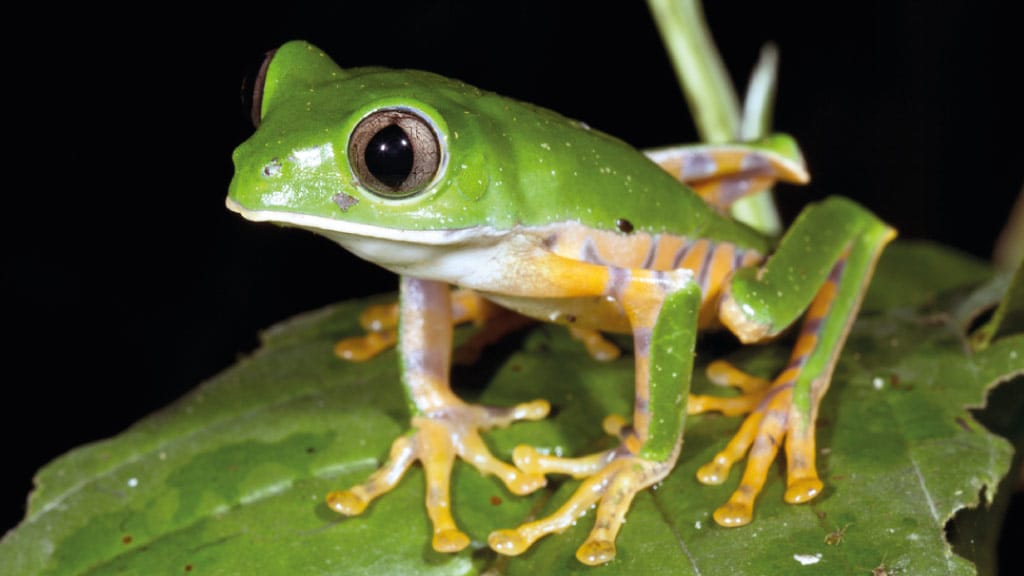
Our favorite Ecuadorian Tree Frog is the wonderfully named Tiger-striped Monkey-Frog (Phyllomedusa tomopterna). Calling the Amazon jungle home, this species can be hard to spot as they roam high in the tree canopy, only climbing down occasionally to breed.
Toads (Bufonidae)
Last but not least, we have the toad family. Toads might not win any beauty contests compared to their flashy frog cousins, but Ecuador's Bufonidae family is absolutely packed with some of the most resilient and fascinating amphibians you'll find hopping around from sea level all the way up to nearly 4,000 meters in the Andes.
These warty, thick-skinned survivors belong to genera like Rhinella, Incilius, and Rhaebo, and they've basically conquered every habitat Ecuador has to offer – from the steamy Amazon lowlands where giant marine toads (Rhinella marina) can grow as big as dinner plates, to the chilly páramo where tiny mountain toads hunker down in rocky crevices. What makes bufonid toads so tough is their incredibly thick, bumpy skin that's loaded with poison glands called parotoids (those big lumps behind their heads), which ooze toxic secretions that can make predators seriously regret their lunch choices.
Unlike most frogs that need to stay near water, many of Ecuador's toads are surprisingly terrestrial, spending their days buried in leaf litter or under logs, only emerging at night to hunt for anything that moves and fits in their mouths, from insects to small mice to other frogs.
Ecuador Herping: Where to find Frogs in Ecuador?
Ecuadorian Frogs and amphibians are more often heard rather than seen. As anyone staying overnight in an Amazon or cloudforest lodge can confirm, the incredible frog symphony begins at dusk and is very spectacular.
For herpers or new frog-enthusiasts, here are some of the best spots in Ecuador to search for the frog families listed above.
1. Amazon Rainforest
Ecuador's Amazon region is mega-diverse in flora, fauna, birds, and amphibians, so this is a great starting point. Yasuni National Park (terra firma forest) and Cuyabeno Reserve (flooded forest) are both very biodiverse areas and popular with tourists, for example.
During the day, you'll most likely be looking out for bird and mammal species, while nocturnal hikes aim to cross paths with insects and amphibians.
At any of Ecuador's Amazon Lodges, or aboard a Jungle cruise, your naturalist guide will be happy to help you search for frog species. Specialist herping guides can also be requested in advance if amphibians are of particular interest to you.
2. Mindo & The Choco Andino
Another frog-rich region of Ecuador is the Choco Andino Cloudforest, just over 1 hour's drive north-west from the capital city Quito.
There are many ways to go about herping in this area. For a simple 2-hour night tour, head to the sleepy town of Mindo, where guided tours operate every night up into the dense forest near the Tarabita. I can highly recommend the services of Eric Osterman - he takes small groups on guided 2-hour tours in a private forest reserve in search of frogs, spiders, snakes, small mammals, and a long list of cool creepy crawlies. Eric also organises more in-depth trips if you have a specific herping target in mind.
This type of experience can easily be included in our 3-day Highlights of Mindo tour itinerary for you, if of interest.
Night walks in search of frogs and bugs can also be included in most cloud forest lodge trips. Just let us know in advance, or request directly to the guide running your tour on the day.
3. Canandé
One of the undisputed top areas for herping in Ecuador, albeit rather off the beaten path, is the Canandé Reserve.
Located in a protected area of lowland Choco forest, visitors can find some amazing species of frog, anole, gecko, and snake here. Canandé is a destination where you'll want to stay for several days, accompanied by an experienced herping guide to get the most out of the experience.
How to Photograph Ecuadorian Frogs?
Photography often goes hand in hand with herping, but it's not easy to get quality shots in the dark of night.
Here are some tips & recommendations to help budding photographers get impressive shots of Ecuador frogs.
1. Use a Flash and Diffusor
Frog photography is usually best performed at night when amphibians are most active. So, photographers will need to deal with challenging light conditions and go prepared with the right camera gear.
If you're happy with a quick cellphone snap, then a simple flashlight should be enough to get some nice snaps and videos to share on social media.
For more serious photographers, you'll need a macro lens with flash unit to illuminate the subject, together with a diffuser to create a visually pleasing soft light. The diffuser is also important to avoid bright flashes that could upset sensitive frog eyes.
My go-to technical settings are usually F18, 1/160, iso 400-800, with a soft 1/64 flash setting, but this varies by species and situation. Of course, different photographers also use different techniques, so do some research in advance and go prepared.
2. Other Gear to Pack
Expect to spend several hours out in the forest at night, so rain gear, a head torch, and insect repellent should also be on your packing list.
3. Go with a Herping Guide
In my opinion, it's absolutely essential to go out with a specialist herping guide. Not only will they help you to find and correctly identify a diversity of frog species, but they also have experience in handling frogs safely and looking out for their well-being during any encounter. A good guide is often the difference between a successful expedition in the field and disappointment.
4. ALWAYS Respect the frogs
The most important rule is always to respect wildlife and habitat. Frogs and amphibians are very sensitive creatures, so they should not be put under any stress when you find them. An experienced herping guide can help with advice, but mostly it's just common sense. Frogs, like other animals, will be restless or try to hop away if they are not happy; observe their behavior and please respect their wishes.
If an individual is happy to pose for your camera, then try to get some quick shots before moving on to leave him/her in peace.
5. Other Ecuador Frog Resources
Wikikiri Sapoparque is a great frog spot to visit in Quito's valley area. They offer highly-regarded, educational guided tours around the park, highlighting their excellent conservation work.
PUCE University has an excellent online information source about frog and amphibian species in Ecuador.
For photos, you can also check out my Wildlifewithjonny Instagram page to see frog, bird, & mammal images as well as wildlife stories from Ecuador, the UK, and around the world.
Contact us for a FREE TOUR QUOTE or personalized assistance. We will be only too happy to include a herping experience into your travel itinerary.
Book WITH The #1 Trusted
Ecuador Travel Agency
In Conclusion, Ecuador is a top global destination for spotting frogs and other amphibians.
Whether you are a serious herper or simply enjoy observing cool frog species and learning about their biodiversity, Ecuador has a frog experience for everyone.
We hope you've enjoyed this quick introduction to the world of Ecuadorian frogs. The next step is to get out in the field and see them for yourself :)


